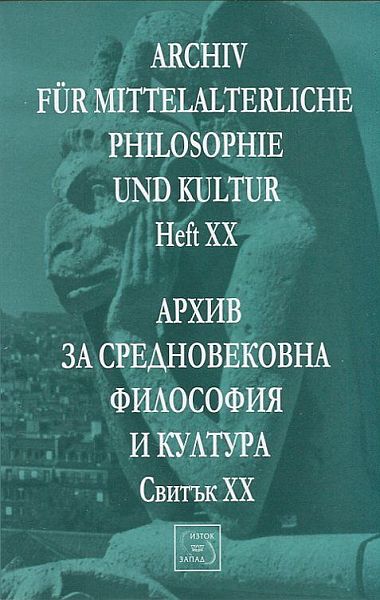Practice and Theory in the „Synaxis“ of Liturgy According to Maximus the Confessor
Practice and Theory in the „Synaxis“ of Liturgy According to Maximus the Confessor
Author(s): Nevena DimitrovaSubject(s): Metaphysics, Philosophy of Middle Ages, Systematic Theology, Eastern Orthodoxy
Published by: Издателство »Изток-Запад«
Keywords: Maximus the Confessor; gnoseology; epistemology; Byzantine philosophy;Christian theology; Eucharistic mystery; synaxis
Summary/Abstract: This article aims at showing how practical and theoretical realms are unified in the spiritual gnoseological growth of human being according to Maximus the Confessor. This union in the S/ spirit becomes possible and is realized in the “synaxis” of liturgical experience.The Christian life is a holistic progression in knowledge because the final goal is not another definition but a life-in-Christ. In this regard St. Maximus offers us theology that is Eucharistic or liturgical par excellence. Being a dynamic sanctifying action, not a static performance or piece of art, the liturgical act consists one very important characteristic: the gathering of the many with/in One. Only then the man ceases to be conceived in categories and becomes “face” in the relation with the other (in terms of Levinas). The transformative power of the Eucharistic mystery is to be regarded in this process of keeping the diversity of the many in their simultaneous unity and communion.
Journal: Архив за средновековна философия и култура
- Issue Year: 2014
- Issue No: 20
- Page Range: 144-155
- Page Count: 12
- Language: English
- Content File-PDF

